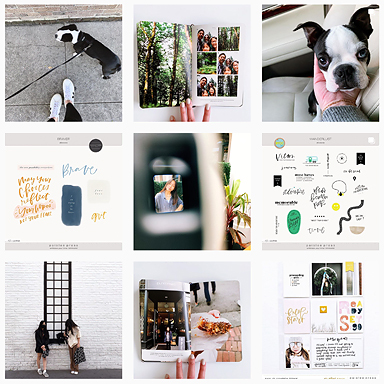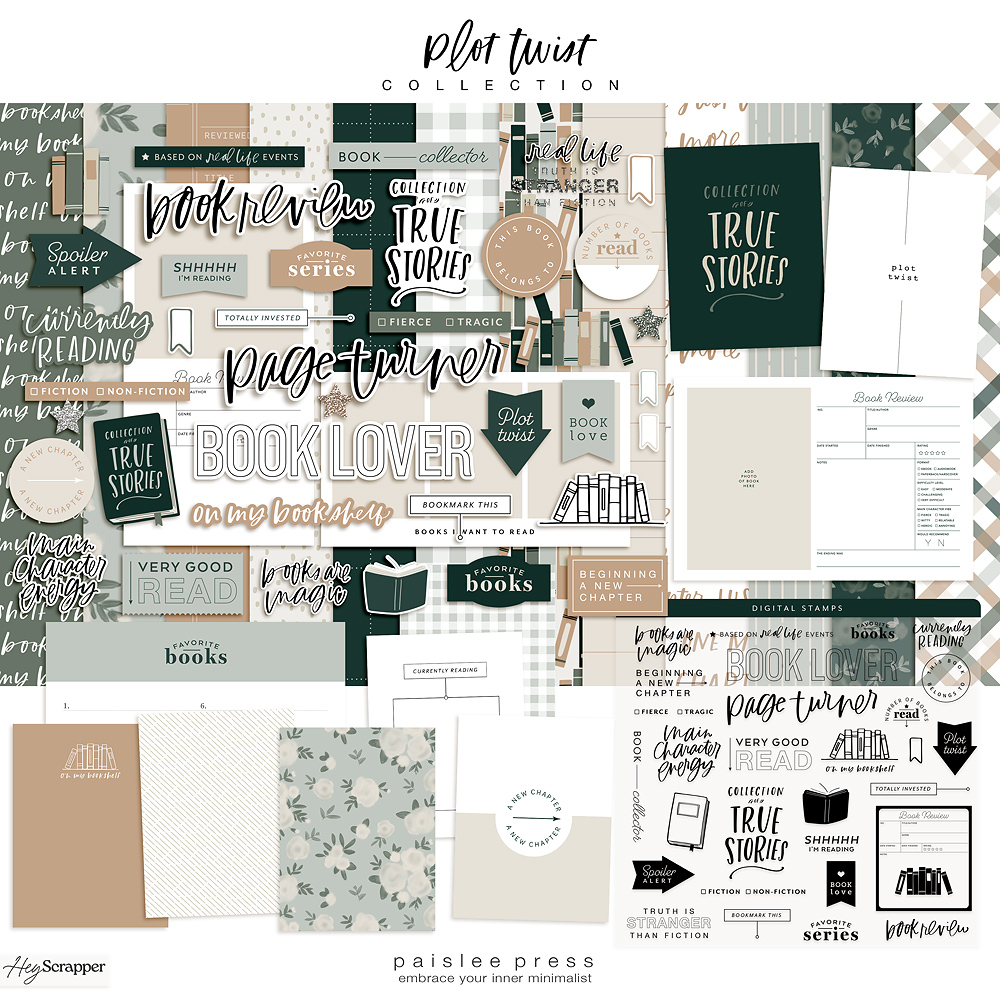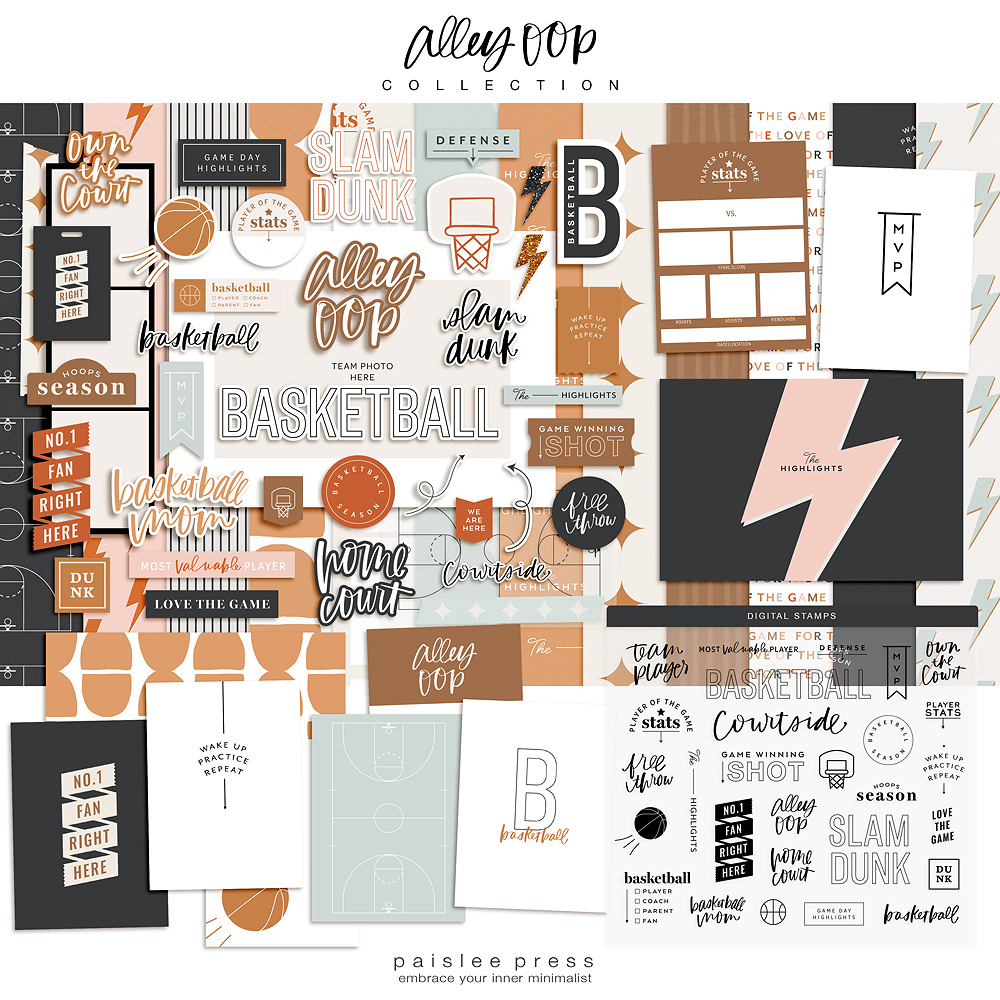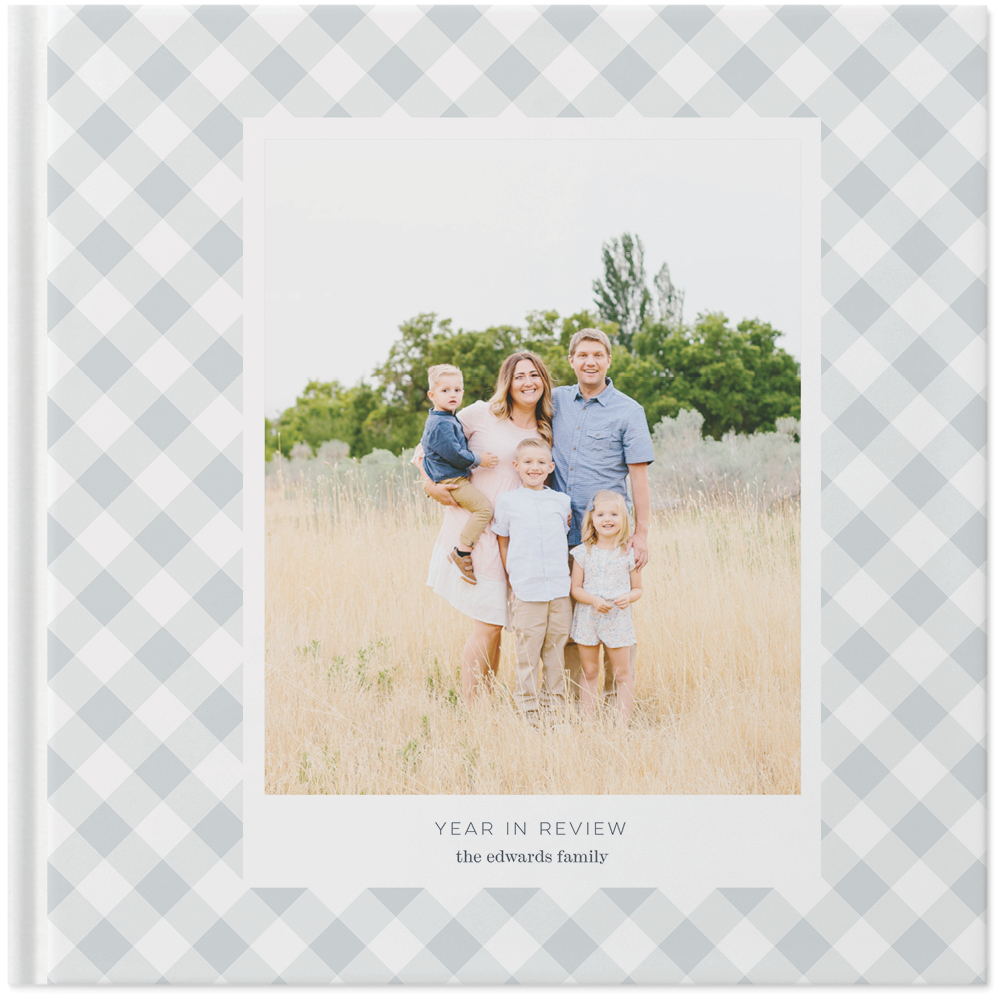
Hi all, it’s Catherine here! Today I’m sharing five simple ways to incorporate more text, or journaling, in your pocket page layouts.
You may be someone who includes a lot of text along with your photos, which is awesome. I used to think that the text I included among the photos was more of an afterthought, but I recently realized that the word art, captions, and templates I use in my layouts are forms of journaling in and of themselves, which made me more aware of how I was using them.
Why include journaling alongside your photos? Photos are geotagged with locations, and you can pretty easily track down dates. The photos themselves often serve as a reminder of a moment. That’s all true, but here’s the thing: given that we’re taking gazillion photos with our phones, some of the details about them will be lost years from now if there isn’t some simple text included among them.
I hope this post helps if you struggle with what to write in your albums, photobooks, and other memory-keeping projects, or you’ve just run out of fresh ideas.
First up, I’ll give you a look at the full layout pictured in this post, which documents the week my mom and aunt visited us in Germany.

Here’s the left side:

And the right:

And now for my five go-to ways to include more text along with your photos.
1 / Use word art to tell the story
As I flip through my pocket page albums, the thing that jumps out on each page is a bit of bold handwritten text. I use word art as a way to title the page or give it a theme. It helps the viewer see the photos in context as opposed to just a random assortment of photos in chronological order.
I’ll also use it to describe a mood (as in the “awesome” text on the polar bear photo) or as a stand-alone on a page to serve as the subject (like the “explore” text). Plus, Liz’s word art is graphic, lovely, and it keeps my layouts looking cohesive throughout an album. You can print word art directly on a photo, onto a piece of cardstock, or (my new fave) on vellum.

2 / Tell a little story
I usually include one simple, white card that tells the story of the layout, explaining the moment, the week, the photos in a bit of detail. This is where I’ll include something I know I want to remember many years from now. Or I use this to give the photos context or explain something that doesn’t necessarily appear in the pictures.
In my first son’s baby album, I used a series of journaling on plain 3×4 cards to tell the birth story. The cards captioned the photos and included all the details of our 36 hour ordeal. In this layout, I typed up a little background as to how my mom and aunt came to see us. The key is to not overthink this! Type it, write it down by hand, whatever’s easiest. It doesn’t have to be artistic to be effective. And once it’s on paper, it frees up space in your head.

3 / Caption a photo
I used to think of photo captions as an afterthought, but now I really consider them a form of journaling. I use Liz’s minimalist photo templates to add text to photos that might need more explanation or to add a memory that isn’t explained in the photo. You can include locations, quotes, details from a moment, dates, etc. Captions are a really simple way to add a little bit of journaling directly to a photo. Once the photo’s printed, you’re done. For these captions, the text is on a white background, which makes it really easy to read and it doesn’t obscure the picture.

4 / Modify a photo template
One of the benefits of hybrid documenting is the ability to use amazing photo templates to add text along with a really cool graphic element to your photos and layouts. You can use a template and then add text with a sharpie or just type directly onto the template before printing. Templates are a really simple way to add great design and a bit of detail with text.
I moved this circular today-was-perfect “stamp” to a place that helped the text stand out more on the photo. If you’re working in Photoshop or Photoshop Elements, you can change up the color or location, add text, or remove elements you don’t need or want to use. They’re really versatile and a simple, graphic way to add some written detail.

5 / Make a list
Finally, if I’m stuck on what to write, I’ll make a list. Usually I start with some kind of generic prompt, like “currently,” “right now,” or “this week” (all available in word art form in the Paislee Press shop). A simple prompt gives me a little direction and then I just jot down whatever comes to mind below it. In this case, I used a card from Liz’s Everyday Edition Project Life kit and typed my list directly on the card. This is such an easy way to pack a lot into one little space (and add a little white space to a photo-heavy layout).

I hope you’ve found these ideas helpful if you’re stuck on journaling. In general, I like to use a mix of methods to keep my eye moving around the page, and I try to include as much written detail as I need to make sure I don’t lose a memory. The thing I like best about writing things down – whether it’s in an app on your phone or in an album as you document – is that then I’m not stressed about losing the memory. It’s preserved right there in black and white.

I’m curious: what are your favorite ways to include journaling in your albums? Or what apps or methods do you use to keep track of the little things you want to remember in addition to photos?
I’m getting ready to launch my new site so soon! You can find out more about what I’m up to on Instagram or on my blog, check out more of my projects here or see what’s inspiring me on Pinterest. I’m happy to answer any questions in the comments!
xo, Catherine
Products used: 4×6 photo templates vol. 1 (they’re free!), 4×6 photo templates vol. 4 (minimalist + vertical), 3×4 photo templates, Welcome photo templates and word art (“all together” text), pictures + words no. 15 (circular stamp), pictures + words no. 14 (“explore” and “awesome” text), bloom papers. Everyday Edition core kit.









What an awesome post. Off to create some pocket pages with more text!